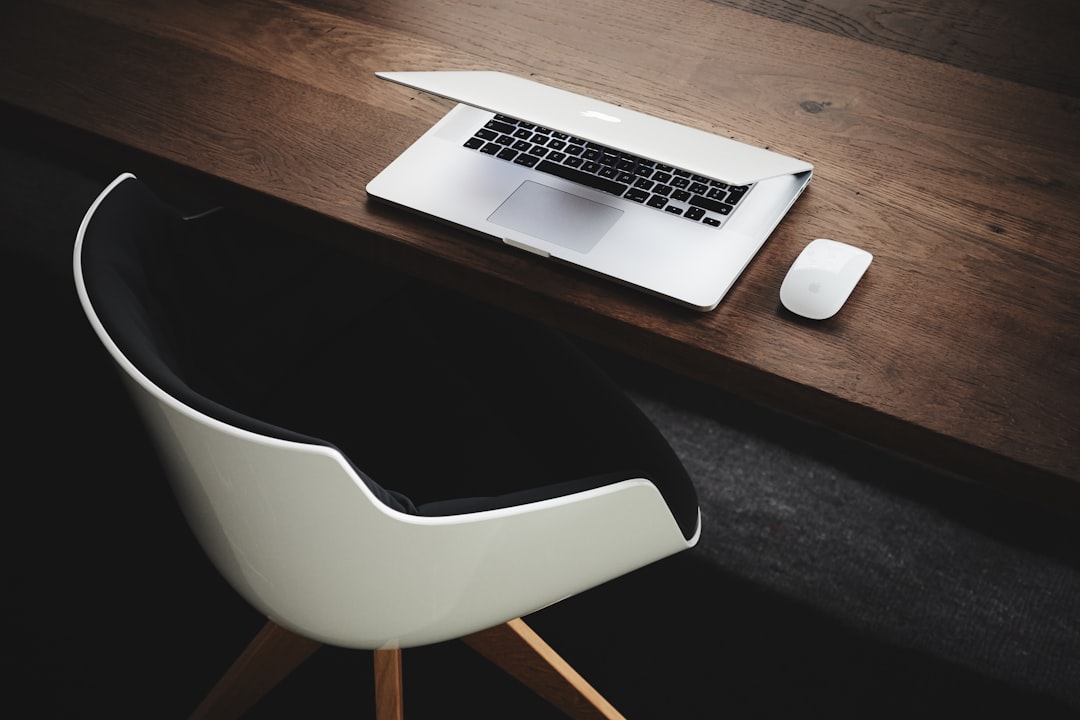YouTube Music has rapidly become one of the most popular music streaming platforms, offering millions of songs, curated playlists, and recommended stations for music lovers around the world. While the service is primarily web-based and accessed through browsers or mobile apps, many users prefer having a dedicated desktop application for quicker access and a more seamless experience. Fortunately, there are several ways to get a YouTube Music desktop app, depending on the operating system and user preference.
Option 1: Install the YouTube Music PWA (Progressive Web App)
The most straightforward and official way to create a desktop version of YouTube Music is by using the Progressive Web App (PWA) feature available through Google Chrome or Microsoft Edge.
- Open Google Chrome or Microsoft Edge.
- Navigate to https://music.youtube.com.
- Click on the install icon located in the address bar (usually a plus sign or monitor icon).
- Follow the prompts to install the app.
Once installed, YouTube Music will appear as a standalone application in your start menu (Windows) or Launchpad (macOS), and you can pin it to your taskbar or dock for easy access.
Option 2: Use Third-Party Applications
Several open-source and third-party developers have created desktop wrappers for YouTube Music. These applications bundle the web version in a native application window and often add extra features like keyboard shortcuts or better integration with the operating system.
Popular third-party apps include:
- YT Music Desktop App – An open-source app built using Electron. Available on GitHub.
- Nuclear – A cross-platform music player that pulls content from YouTube and other free sources.
To install these, users typically need to:
- Visit the official GitHub repository of the app.
- Download the latest release for their operating system (Windows, macOS, Linux).
- Install the application and authorize any necessary settings.
It’s important to use only trusted sources and read user reviews to avoid installing malicious software.
Option 3: Create a Shortcut Manually
If users don’t want to use a PWA or third-party software, they can manually create a shortcut that behaves like an app:
For Windows:
- Open Chrome and go to YouTube Music.
- Click the three-dot menu in the upper-right corner.
- Go to More tools > Create shortcut.
- Check “Open as window” and click Create.
For macOS:
Safari and Chrome do not natively support PWAs on macOS as well as on Windows, but users can use tools like Fluid App to turn websites into standalone Mac desktop apps.

Advantages of Having a YouTube Music Desktop App
- Quick access: Launch the app without opening a browser.
- Cleaner interface: A focused window free of web browser clutter.
- Better multitasking: Use media keys, background play, and OS-native controls more effectively.
Conclusion
While YouTube Music doesn’t have a native desktop app like some other music services, there are still multiple effective options to enjoy a similar experience. Whether using the official PWA route or experimenting with third-party applications, users can find a method that best suits their workflow and device environment.
Frequently Asked Questions (FAQ)
-
Q: Is there an official YouTube Music desktop app?
A: While there’s no standalone native app, YouTube Music offers a PWA that functions similarly to a desktop app and can be installed via Chrome or Edge. -
Q: Does installing the PWA use a lot of system resources?
A: No, PWAs are lightweight and run efficiently, using fewer resources than a browser with multiple tabs. -
Q: Are third-party apps like YT Music Desktop safe to use?
A: If downloaded from reputable sources like GitHub and reviewed properly, they are generally safe. Always verify the developer and scan for malware. -
Q: Can I use YouTube Music offline on the desktop app?
A: Offline playback is supported only on mobile devices with a YouTube Music Premium subscription. Desktop functionality currently does not include official offline mode. -
Q: How do I uninstall the YouTube Music desktop app?
A: Right-click the app icon in your start menu or dock and select “Uninstall” or remove it via browser settings where the PWA is managed.
